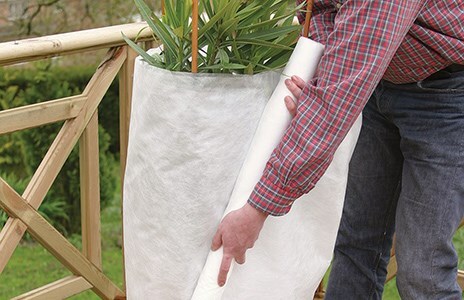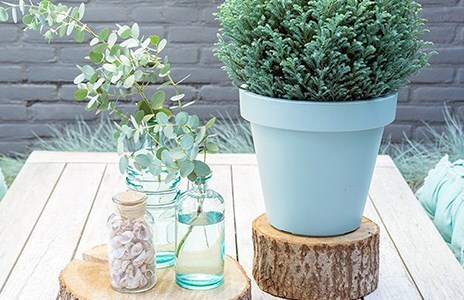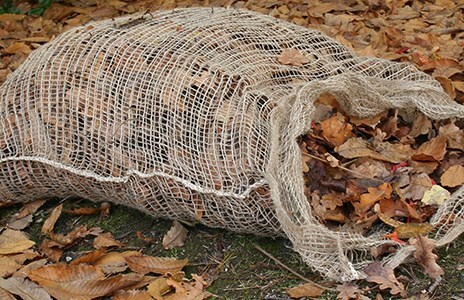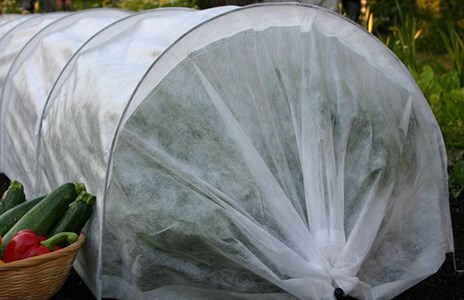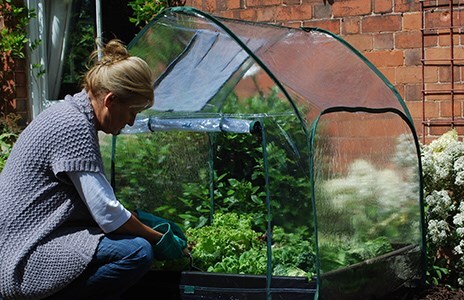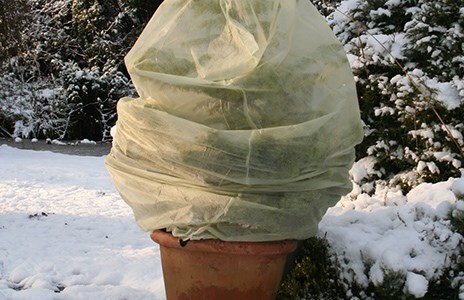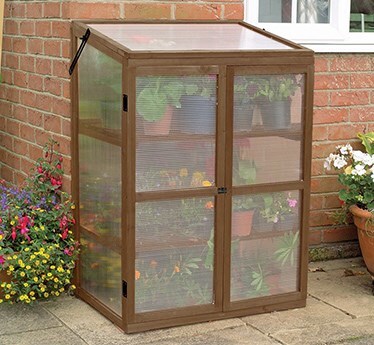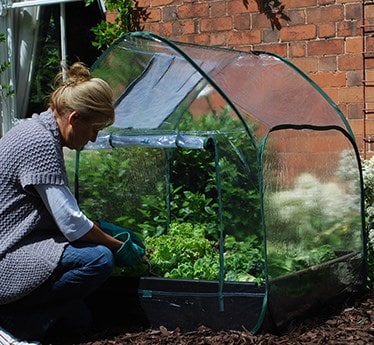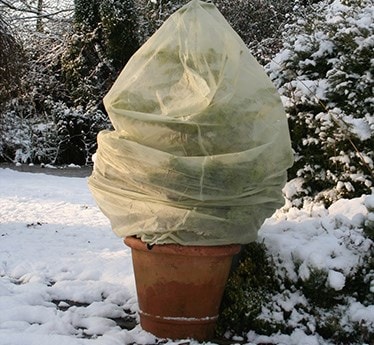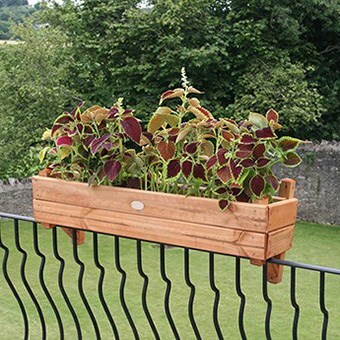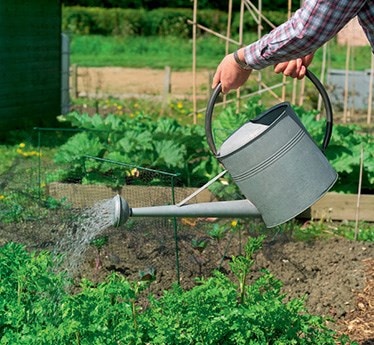Winter survival
Plants vary in their ability to survive the winter unscathed. In my garden, I have many borderline-hardy plants that I know will require protection from penetrating frosts and cold winds.
Others can cope with the cold, but are prone to rotting if the soil remains wet for long periods. Even hardy plants can struggle to survive a cold snap if they have only recently been planted. Plants in containers are, perhaps, the most vulnerable of all, since both their top-growth and root zone can freeze solid during prolonged sub-zero temperatures, and the pot may be damaged, too.
Fortunately, there are a number of steps you can take to help your plants survive the winter…which ones you choose, should depend on the plants you are trying to protect.
Even hardy plants can struggle to survive a cold snap if they have only recently been planted
How to protect your plants this winter
- Wrap up the top-growth
- Insulate the roots
- Shelter from wind
- Protect against winter wet
- Insulate containers
Windbreak curtain
Anybody who has been caught outside in a blizzard will appreciate the power of wind chill. Even when temperatures are above freezing, strong winds can be very damaging – especially to newly planted evergreens. In severe cases, the foliage on the windward side can dry out and turn brown, as if it has been scorched by a blow-lamp.
So, if you have added evergreens, such as conifers, during the autumn, give them some individual winter protection by erecting a temporary windbreak, made from special windbreak fabric, held on stout posts hammered into the ground. During cold spells, persistent winds are particularly harmful and even some deciduous specimens can be damaged.
Even when temperatures are above freezing, strong winds can be very damaging – especially to newly planted evergreens.
Root duvet
Some resilient shrubs and climbers that hail from warmer climates, cope with our cold winters by retreating underground, putting on all-new growth from dormant underground buds each spring. They aren’t the hardiest souls, so they require a little winter protection over their crown and roots.
They are most vulnerable in their first few seasons after planting, but I like to give even well-established plants a root duvet just in case we have really penetrating frosts. The easiest way to insulate the roots is to cover them with a generous layer of well-rotted organic matter, such as garden compost or leafmould, but you could also use bark chippings or even collected autumn leaves.
You’ll need a good thick layer – say 10cm-deep - to be really effective. The trick is to keep the 'rug' in place throughout the winter, so I use pieces of fine-mesh, plastic netting laid on top and pegged down at the edges. Or you could try trimmings cut from an evergreen hedge, which are heavy enough to remain in position without assistance.
Wall quilt
For not-so-hardy climbers and wall shrubs that you don’t want dying back to ground level each winter, you have to protect the shoots as well as the roots. This means constructing a vertical duvet of insulation that can cover the shoots against their support. Use a double layer of fine-mesh netting, held against the wall, either side of the plant using vertical wooden battens, then stuff evergreen hedge clippings, autumn leaves or straw in between the layers of netting.
One gardener I know, reuses fibreglass loft insulation to protect his fan-trained fig tree in this way each winter - but wear gloves! Once stuffed, tie pieces of string or wire horizontally, at intervals, across the vertical duvet – this will prevent the stuffing from slipping to the bottom over the winter months.
One gardener I know, reuses fibreglass loft insulation to protect his fan-trained fig tree in this way each winter - but wear gloves!
Rain coat
It is often overlooked that many plants die from winter wet rather than from winter cold. Plants, such as alpines, that prefer a well-drained soil and many grey-leaved perennials are particularly susceptible to rotting if they remain wet in winter. The simplest solution, here, is to cover them with open-ended cloches to keep the worst of the rain off, yet allowing plenty of air to circulate.
For plants in prominent positions, consider buying a decorative, Victorian-style cloche - a 'bell jar' - so that it enhances the border rather than being a winter-long eyesore. Elsewhere, using horizontal sheets of glass or Perspex, sandwiched between stacks of bricks can also be effective rain protection, or you might want to construct a special polythene covered wooden frame for a collection of plants - over a raised bed, for example.
For plants in prominent positions, consider buying a decorative, Victorian-style cloche - a 'bell jar' - so that it enhances the border rather than being a winter-long eyesore
The full monty
Plants in containers are particularly susceptible to severe winter weather and need special treatment. Since the whole rootball can freeze solid during prolonged cold spells, even reliably hardy plants can be at risk. The good thing about containers is that you can move them to safety.
Tender plants can be taken into a frost-free greenhouse or conservatory, and borderline-hardy plants to a sheltered spot - well-protected from northerly gales and the worst of the winter excesses. If the pots are too heavy to move, then you will have to try to protect them in situ.
Wrap the pot in double-thickness bubble polythene, held in place with string, and cover the top with a double layer of garden fleece. Remember to leave a flap in the insulation layer, so you can check if the compost needs watering over the winter months. A neat trick for standards growing in a pot, is to cover the stems with foam pipe insulation, then wrap up the pot and top as before. It's a bit of a performance, but if you really treasure your plant.

